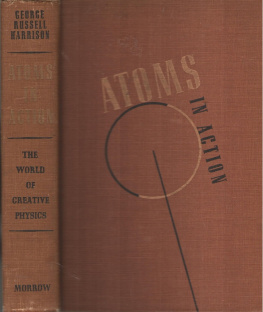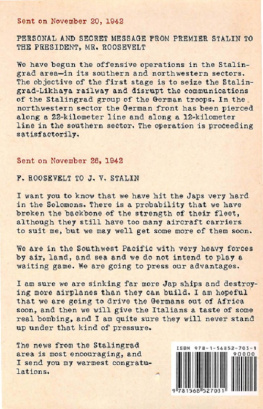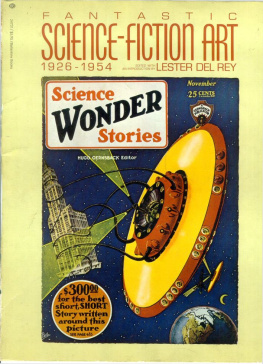George R Harrison - Atoms in Action - The World of Creative Physics
Here you can read online George R Harrison - Atoms in Action - The World of Creative Physics full text of the book (entire story) in english for free. Download pdf and epub, get meaning, cover and reviews about this ebook. genre: Non-fiction. Description of the work, (preface) as well as reviews are available. Best literature library LitArk.com created for fans of good reading and offers a wide selection of genres:
Romance novel
Science fiction
Adventure
Detective
Science
History
Home and family
Prose
Art
Politics
Computer
Non-fiction
Religion
Business
Children
Humor
Choose a favorite category and find really read worthwhile books. Enjoy immersion in the world of imagination, feel the emotions of the characters or learn something new for yourself, make an fascinating discovery.
- Book:Atoms in Action - The World of Creative Physics
- Author:
- Genre:
- Rating:3 / 5
- Favourites:Add to favourites
- Your mark:
Atoms in Action - The World of Creative Physics: summary, description and annotation
We offer to read an annotation, description, summary or preface (depends on what the author of the book "Atoms in Action - The World of Creative Physics" wrote himself). If you haven't found the necessary information about the book — write in the comments, we will try to find it.
By: George R. Harrison
ISBN 10: 112415907X
ISBN 13: 9781124159072
ISSN:
ISFDB Publication Record #
ASIN: B00085JP5I
British National Bibliography System Number:
Canadian National Catalogue (AMICUS) Number:
Library and Archives Canada Cataloguing in Publication:
National Library of Australia Bib ID:
OCLC Number: 974657371
(OCoLC): 1131390
eISBN 10:
eISBN 13:
Library of Congress Catalogue Card Number: 39020932
Publisher: Morrowe (139)
____________________________________________________
Uploaders Notes:
Scan > PDF > Epub with ABBYY Transformer/Sigil
Spellchecked, Formatted
Validated with ADE, Sumatra & Browser
____________________________________________________
Laymans look at Physics, Radio, Energy, Glass, from 1939
Interesting, the author speculates on this new thing called FM radio...
The story of physics contribution to modern living is brought up to date in one of the best books in popular science writing. Clear and vivid, never sensational, it is packed with an astonishing amount of information in lucid, easily flowing style and deals with developments in optics, electronics, meteorology, communications, medicine, atomic energy, etc. The bibliography is well chosen, the index is practical, its use, as reference and supplementary reading, is recommended. With illustrations, it would have been tops for science-minded students.
About the Author:
Harrison became Professor of Experimental Physics at the Massachusetts Institute of Technology (MIT) in 1930, and was appointed the schools Dean of Science in 1942; he also headed MITs Spectroscopy Laboratory. During World War II, he was chief of the Optics Division of the National Defense Research Committee, and later head of the Office of Field Service of the Office of Scientific Research and Development. He served as president of the Optical Society of America from 1945-46 and was awarded the Frederic Ives Medal in 1949. He was presented with the Presidential Medal of Freedom in 1946 by President Harry Truman. He remained Dean of Science at MIT until his retirement in 1964
.
George R Harrison: author's other books
Who wrote Atoms in Action - The World of Creative Physics? Find out the surname, the name of the author of the book and a list of all author's works by series.













